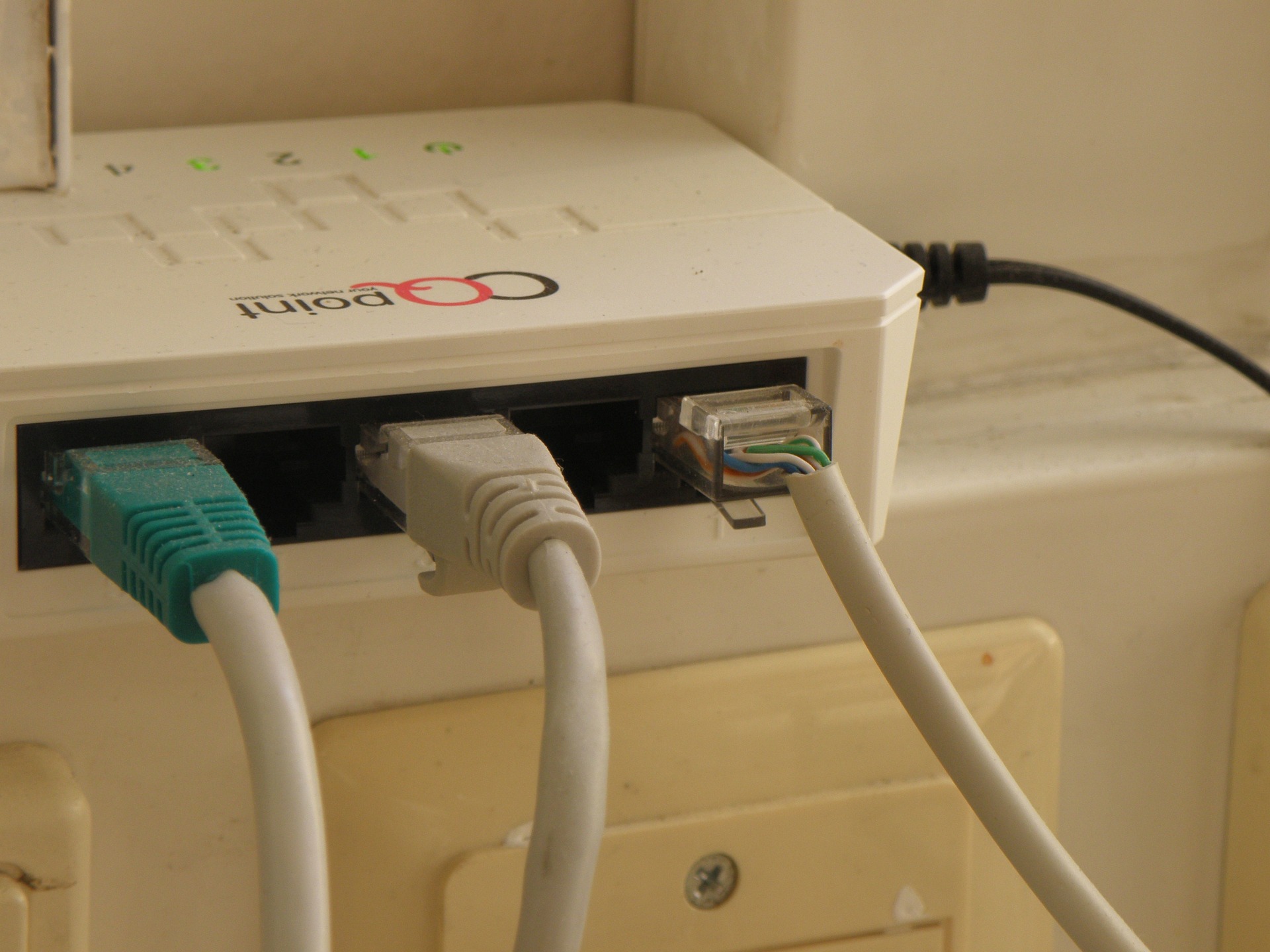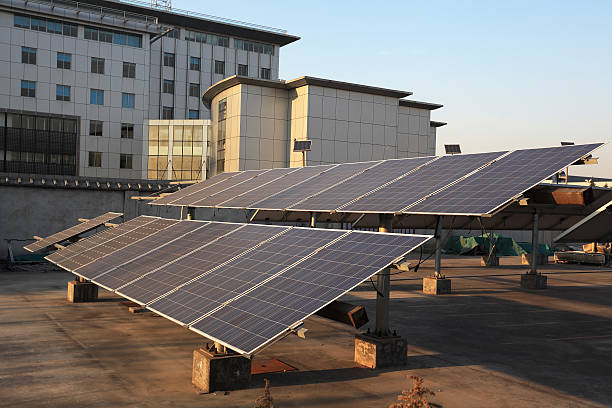Unraveling the Potential of Fixed Wireless Access (FWA)
With the ever-increasing demand for high-speed internet connectivity, the telecommunications industry is continuously on the lookout for innovative solutions. One such promising development that has been making waves recently is Fixed Wireless Access (FWA). Emerging as a competitive alternative to traditional broadband, this technology is set to transform the way we connect.

The Genesis of Fixed Wireless Access
FWA has been around for a while, but it’s only recently that it has garnered significant attention. Initially, it was used to provide internet connectivity in remote locations where laying cables was not feasible. With the advent of new wireless technologies, FWA has evolved dramatically. It now offers a robust and flexible solution for high-speed internet connectivity, even in densely populated urban areas.
Current Trends and Insights in FWA
The global FWA market is growing at an unprecedented pace, powered by rapid technological advancements and increasing consumer demands for high-speed internet. The technology is gaining prominence as a cost-effective solution for broadband connectivity, particularly in areas where wired broadband deployment is challenging or expensive. Furthermore, regulatory changes are also propelling its adoption, with governments worldwide recognizing its potential to bridge the digital divide.
The Impact of FWA and its Practical Applications
FWA offers a plethora of benefits. It provides high-speed connectivity with the flexibility of wireless access, making it an attractive option for businesses and consumers alike. Moreover, it’s an economical choice, eliminating the need for costly infrastructure, such as cables or fiber optics.
However, it’s not without its challenges. For instance, signal strength can be affected by physical obstructions or unfavorable weather conditions. That said, ongoing innovations in antenna technology and network design are helping to mitigate these issues, paving the way for wider adoption of FWA.
Research-backed Claims and Technical Details
FWA is not a one-size-fits-all solution. Its effectiveness depends largely on factors such as the frequency band used, the distance between the transmitter and receiver, and the nature of the terrain. According to a study by Ericsson, FWA connections can theoretically reach speeds of up to 100 Mbps. However, achieving these speeds in real-world scenarios may require overcoming several technical hurdles.
In conclusion, Fixed Wireless Access (FWA) holds great potential to revolutionize internet connectivity, providing a flexible and cost-effective solution for high-speed internet access. As the technology continues to evolve and overcome its challenges, it’s set to make a significant impact on the telecommunications landscape.





